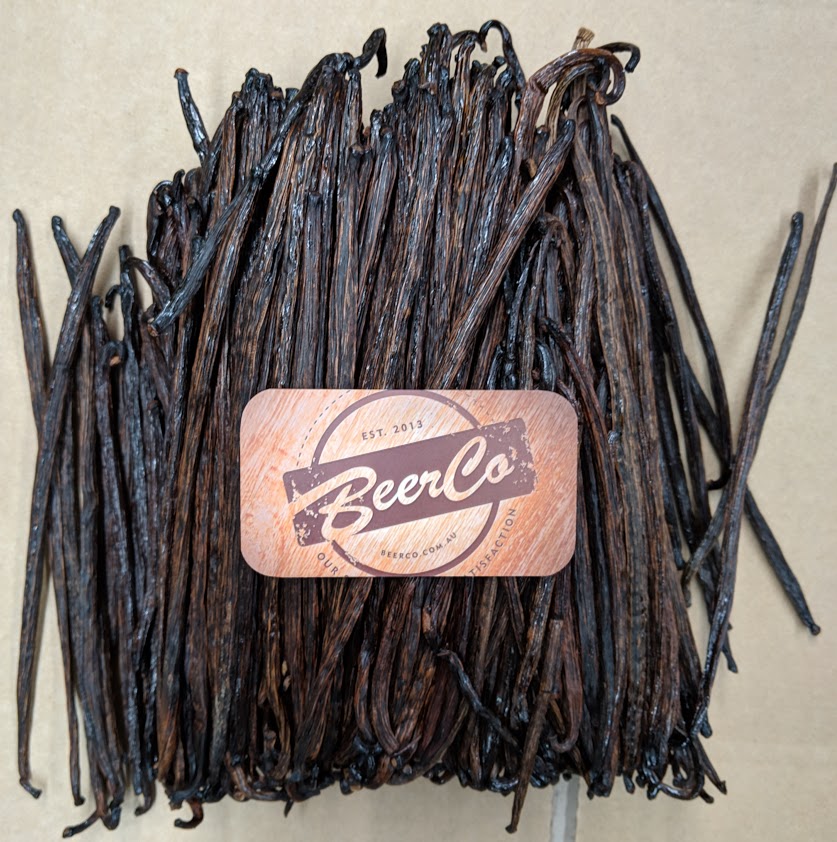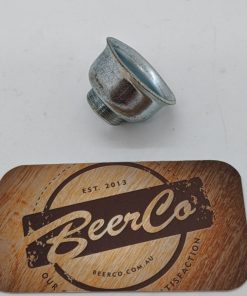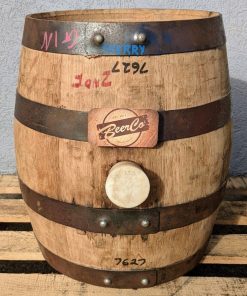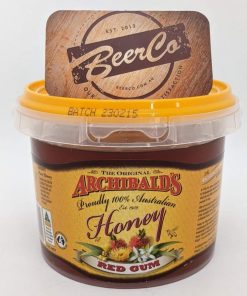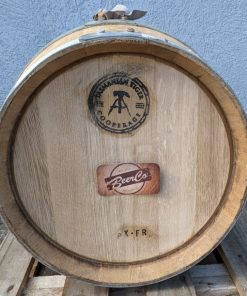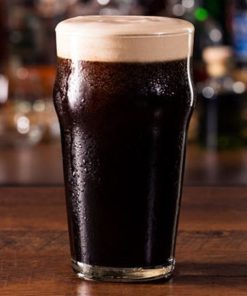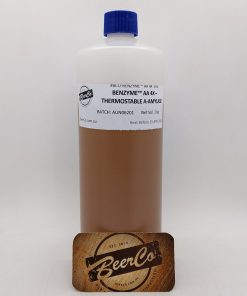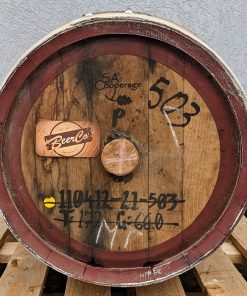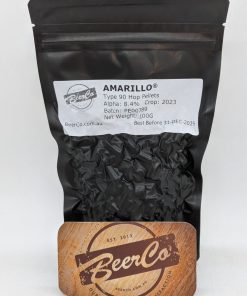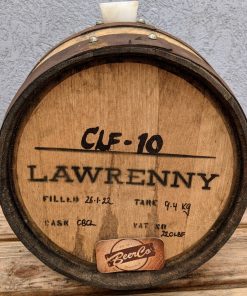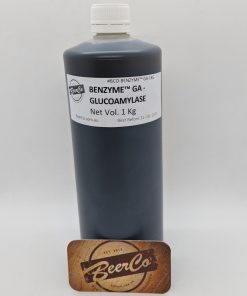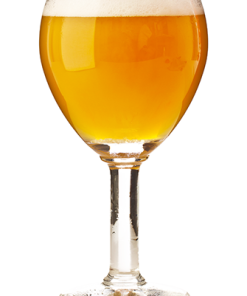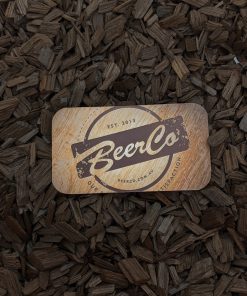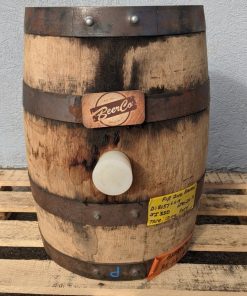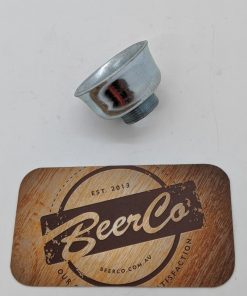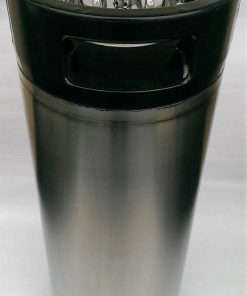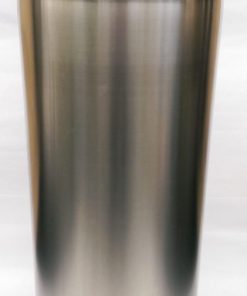Vanilla Beans | Grade B Friend & Burrell
$ 7,95 $ 4,77
Hmmm, Vanilla who does not love Vanilla in your favourite Stout or Porter appropriately paired with a yummy Vanilla spiced dessert. Our Search is Your Satisfaction as we have found Grade B quality Vanilla Tahitensis beans sustainably grown and harvested from our wonderful neighbours next door in Papua New Guinea. So what are you waiting for? Time to spice up your brewing life and get your Vanilla Bean brewing on!
Vanilla is a flavouring agent derived from the fruit of the Vanilla orchid Vanilla, which is native to Mexico, but is now cultivated in tropical regions around the world. Vanilla is the second most expensive spice in the world, after saffron.
The vanilla fruit are commonly called beans, because they resemble bean pods, each about 15 to 30 cm (6 to 12 inches) in length. Each fruit is harvested when ripe and then goes through a lengthy curing process, which can take up to 2 years, although 6 months is more common.
These Vanilla Beans are Vanilla Tahitensis: the more fruity, floral and sweet vanilla grown in the Pacific islands, including Papua New Guinea. The exterior of these beans is also dark brown.
Pack Sizes:
- 2 Vanilla Beans (Random Weight 5-8g)
- 100g (approximately 30 beans)
- 250g (SAVE 10% OFF 100g Price) approx. 80 beans
- 500g (SAVE 15% OFF 100g Price) approx. 160 beans
- 1 Kg (SAVE 30% OFF 100g Price) approx 300 beans
When used as a flavouring agent in beer, vanilla is most often found in winter seasonal beers, where the sweet aroma pairs nicely with other festive spices like cinnamon, allspice, and clove. Vanilla can be added at any of several stages in the brewing process.
Most commonly, vanilla beans or liquid vanilla extract is added either at the end of the boil during the whirlpool stage before wort is transferred for fermentation or post fermentation before packaging. Whole beans can be used to “dry spice” the beer in the fermenter in a technique similar to dry hopping. Whole vanilla beans can also be added to a firkin or a pin to flavor a beer during cask conditioning.
Formal grading favours length, appearance, vanillin and moisture content as well as overall condition. Relevant market standards focus more on vanillin and moisture content as well as overall quality.
Our B grade vanilla beans are drier, less pliable and of less uniform appearance, possibly with splits or blemish as compared to Grade A Vanilla (see further reading for info on Grade A). There are around 250-300 B grade beans per kilogram. The Vanilla Tahitensis B grade may be shorter than 15cm, drier than the A grade with less vanillin content. The Tahitensis B grade bean is 10-14cm, drier than the A grade with less vanillin content – 15% – 25% moisture and up to 1.5% vanillin.
BeerCo Vanilla supply partner works with different communities in Papua New Guinea. The tropical islands, north of Australia at the southernmost part of south-east Asia, have conditions ideal for vanilla production.
Some of the communities work through farmers co-operatives and all have inter-generational experience of growing vanilla beans but less experience of curing and processing to produce vanilla ready for culinary use.
Our supply partner has worked closely with community leaders to develop skills in curing and processing. In particular, they have worked on good pollination practices, picking the beans at the right stage of maturity (after 9 months) and resisting the temptation to pick immature beans.
There are 3 grades of Vanilla: A, B and industrial.
- A grade is the best quality – darker, moist, supple, without blemish and with good nose.
- B Grade and industrial grades have blemishes, are dryer or lighter in colour but suitable for culinary or commercial application.
Rest assured BeerCo approach to vanilla sourcing works on the basis that long-term reward can only come from a solid, sustainable model, with fair payment for growers, resulting in a consistent, reliable supply of graded, quality vanilla. The merit of this approach is now apparent and we can offer you a consistent supply of vanilla.
Grading:
- A grade vanilla beans are oily, pliable and moist. The strictest grading requires A grade beans to be 15-18cm long but markets now accept A grade beans shorter than 15 cm provided other quality indicators are satisfied. A grade Planifolia beans are usually 15 cm or longer. A grade Tahitensis beans are 11-14 cm. There are about 200-250 A grade beans of 15 cm length per kilogram. A grade beans have 25% – 35% moisture and around 1.5-2.5% vanillin content.
- B grade vanilla beans are drier, less pliable and of less uniform appearance, possibly with splits or blemish as compared to Grade A Vanilla. There are around 250-300 B grade beans per kilogram. The Planifolia B grade may be shorter than 15cm, drier than the A grade with less vanillin content. The Tahitensis B grade bean is 10-14cm, drier than the A grade with less vanillin content – 15% – 25% moisture and up to 1.5% vanillin.
- Grade ‘C’ or ‘industrial grade” includes all beans inferior to A and B grade beans which still have some purpose for use in food, beverage or cosmetic production by reason of some exterior or interior vanillin and moisture content.
Further Reading and Watching on Vanilla:
- Vanilla | Craft Beer & Brewing
- Vanilla Slice | Foreign Correspondent | ABC iView
| Size | 2 beans, 100g, 250g, 500g, 1 Kg |
|---|
Fast shipping and professional packing
We offer a wide range of shipping options due to our long-running partnerships with UPS, FedEx and DHL. Our warehouse staff are highly trained and will package your items according to our precise and precise specifications. Before shipping, all goods are thoroughly inspected and securely secured. Every day we ship hundreds of packages to our customers from all over the world. This is a sign of our commitment to be the largest online retailer worldwide. The warehouses are located situated in Europe as much as they are in USA.
Note: Orders containing multiple items will have a different processing period for each item.
Before shipping the items, our staff will carry out an extensive inspection of the products you have ordered. The majority of orders are delivered within 48 hrs. The delivery time should be between 3-7 working days.
Returns
We don't manage the stock in our factory and warehouse. Actual stock levels may fluctuate at any moment. Be aware that it's possible that your order will be out of stock after you have placed the order.
Our policy is for 30 days. Unfortunately, if 30 days have passed from the date you purchased the product, we are unable to offer you a return or exchange.
The item must not be used, and it must be in the original packaging. It must also be in the original packaging.
Related products
Equipment
Brewing Aids
Brewing Aids
Brewing Aids
Equipment
Brewing Aids
Equipment
Equipment
